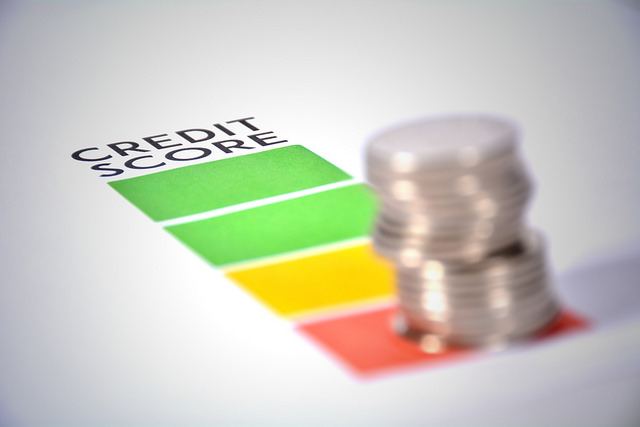How To Deal With Bad Credit

From Flickr
Our credit ratings are one of the biggest factors which dictate our financial stability, and now, more than ever, it’s important to understand your credit rating, and the various factors that affect it. If a poor credit score has been hanging over your head like a storm cloud, obviously you’ll want to find some way around the situation. Repairing bad credit is tough, but certainly not impossible. Here are a few effective ways of going about it.
Check Your Reports

From Pixabay
Many people aren’t aware of it, but a huge proportion of credit reports contain some kind of error, which can bring down a person’s credit score dramatically. Obviously, you don’t want to pay for mistakes that you didn’t make, so get into the habit of going through your credit reports, and jumping on any errors that come up. Incorrect personal information, like addresses, for example, can be a big culprit. Debts still appearing on your report even though you’ve paid them off can also be a major issue. Duplicate debts can also drag a person’s credit score down unnecessarily. You’re entitled to a free report from each bureau every year, and whenever you’re denied a loan or card application due to poor credit. Getting rid of any mistakes is the first step towards better credit, so request a report today!
Take your Time with Credit Applications
While a home equity loan or a pre-paid credit card might be the immediate answer to your credit woes, it’s essential to take your time with all credit applications, and make sure you’re making the smartest possible move for your situation. Try to avoid applying for new credit cards, or cancelling old ones while your credit is still looking bleak. Having balances on several different accounts is going to have a negative impact on your credit rating, whereas simply having more credit available can be a positive. Try not to cancel any of your old accounts, but certainly don’t’ apply for any new ones either. If your debt’s crippling your quality of life, you may want to consider a personal loan to pay it down. This will add a new kind of credit to your reports – instalments as opposed to revolving credit – which can be a good thing as long as you’re keeping on top of payments. Clustering loan applications over a short space of time can also be a smart move.
Reduce your Credit Utilisation
![]()
From Max Pixel
By dividing your totalled balances by your limits, you’ll find your credit utilisation ratio. This is always an important factor in your rating. One of the main ways of improving your ratio is paying down debt, especially if you make payments more than once per month with the issuers who allow it. The other main way of improving your ratio is upping your limit if your card issuer allows it. Obviously, this opens the gate to more frivolous spending, and means that you’ll need far better self-discipline to keep from digging yourself further into a hole. Actively lower your credit utilisation ratio, and you’ll ensure a much brighter future for your personal finances!

